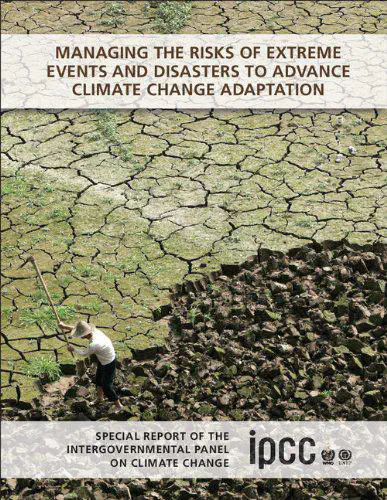
Abstract
Actions that range from incremental steps to transformational changes are essential for reducing risk from weather and climate extremes (high agreement, robust evidence). [8.6, 8.7] Incremental steps aim to improve efficiency within existing technological, governance, and value systems, whereas transformation may involve alterations of fundamental attributes of those systems. The balance between incremental and transformational approaches depends on evolving risk profiles and underlying social and ecological conditions. Disaster risk, climate change impacts, and capacity to cope and adapt are unevenly distributed. Vulnerability is often concentrated in poorer countries or groups, although the wealthy can also be vulnerable to extreme events. Where vulnerability is high and adaptive capacity relatively low, changes in extreme climate and weather events can make it difficult for systems to adapt sustainably without transformational changes. Such transformations, where they are required, are facilitated through increased emphasis on adaptive management, learning, innovation, and leadership. Evidence indicates that disaster risk management and adaptation policy can be integrated, reinforcing, and supportive – but this requires careful coordination that reaches across domains of policy and practice (high agreement, medium evidence). [8.2, 8.3, 8.5, 8.7] Including disaster risk management in resilient and sustainable development pathways is facilitated through integrated, systemic approaches that enhance capacity to cope with, adapt to, and shape unfolding processes of change, while taking into consideration multiple stressors, different prioritized values, and competing policy goals.